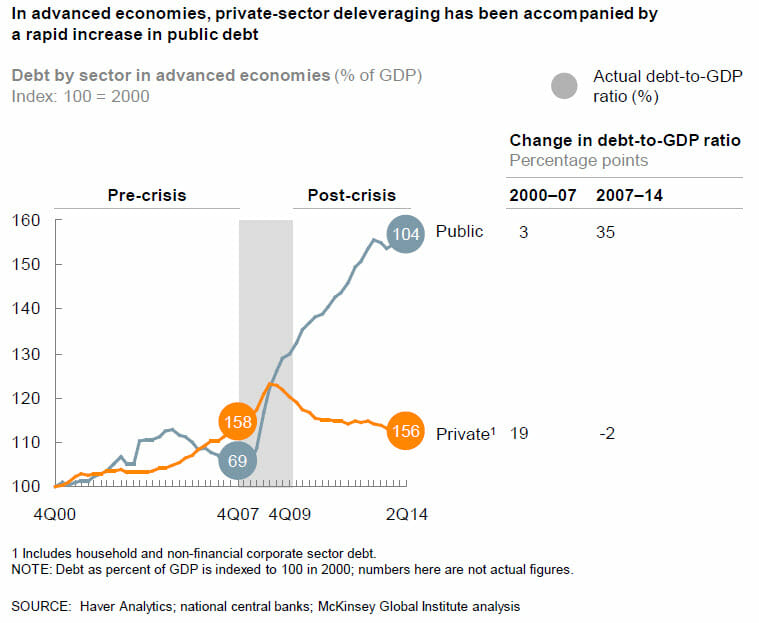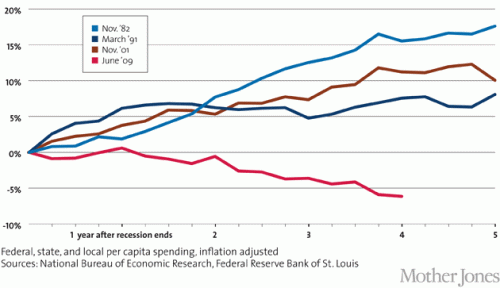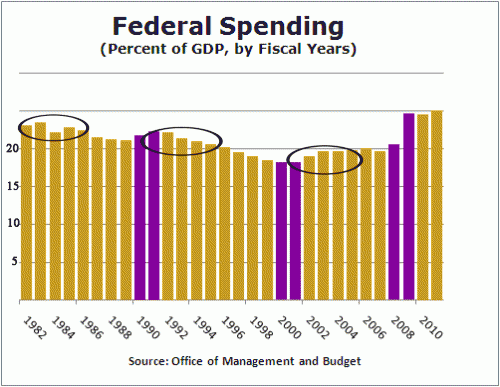The Bad Economics of ... Pretty Much ALL Advocacy Groups Looking For Government Handouts
John Hinderaker at Powerline writes about the House committee hearing on reparations the other day. Just as a review, there is a proposal on the table by many Democrats that a large group of Americans who have never owned slaves or even condoned slavery pay reparations for slavery to a large group of Americans who have never been slaves (nor likely have their parents or their grand parents).
Forgetting the moral bankruptcy of the underlying arguments for reparations, I would have thought that if modern American blacks were somehow owed reparations for past damages, the very fact of being held in bondage was damage enough. That crime is so bad it's hard to imagine anything else really adding more than incrementally to the damage calculation. But apparently Ta-Nehisi Coates tetified, using a recent academic paper, that cotton grown and harvested by black labor amounted to nearly half the US economic activity at the time, and thus was somehow worse. I am not really sure I understand this argument, but if we focus narrowly on the statement at hand it is obviously absurd, if for no other reason than the fact that the South was economically overwhelmed in the war by the North.
Apparently the "trick" in the study was to essentially double count economic activity and claim any activity that only marginally touched on cotton to be part of the tally for the size of the cotton economy.
Coates’s numbers come from Cornell University historian Ed Baptist’s 2014 book The Half Has Never Been Told. In a key passage in the book, Baptist purports to add up the total value of economic activity that derived from cotton production, which at $77 million made up about 5 percent of the estimated gross domestic product (GDP) of the United States in 1836. Baptist then committed a fundamental accounting error. He proceeded to double and even triple count intermediate transactions involved in cotton production — things like land purchases for plantations, tools used for cotton production, transportation, insurance, and credit instruments used in each. Eventually that $77 million became $600 million in Baptist’s accounting, or almost half of the entire antebellum economy of the United States.
My point is not to quibble with Coates's numbers per se -- as I said up top, a) I don't think reparations are owed for our great great grandparents actions b) I think the economic contribution of cotton is a rounding error on any damages that would be owed and c) I feel like the United States government and its people already paid this bill in blood and treasure during the Civil War.
The point I want to make is that this same error is made ALL THE TIME. Every study you see quoted about economic impacts of .. whatever ... likely makes this same mistake, either accidentally or on purpose. When sports teams try to get tax subsidies so their billionaire owners can build new stadiums, the economic impact "studies" they produce do this same triple counting. When the sugar industry tries to justify the absurd tariffs that protect it, their studies use this same trick. When climate alarmists cite economic impacts of a degree of warming, they use this technique.
By the way, I have made my own proposal on slavery reparations that targets the cost of reparations at the wealthy institution in the antebellum south, an institution that still exists today, which did the most to extend and preserve and defend slavery.








